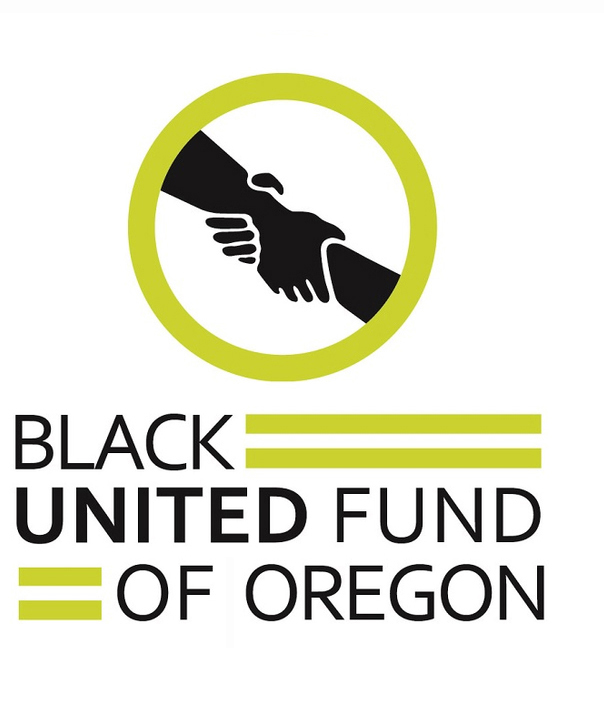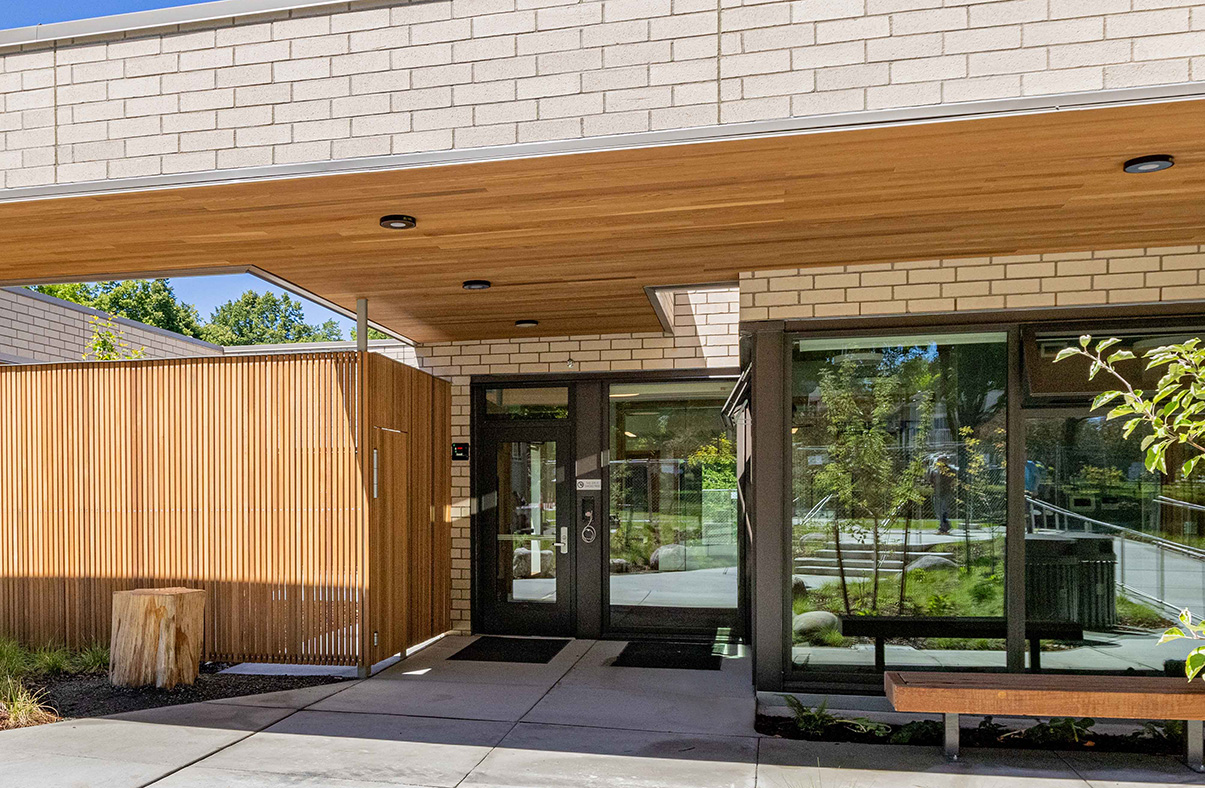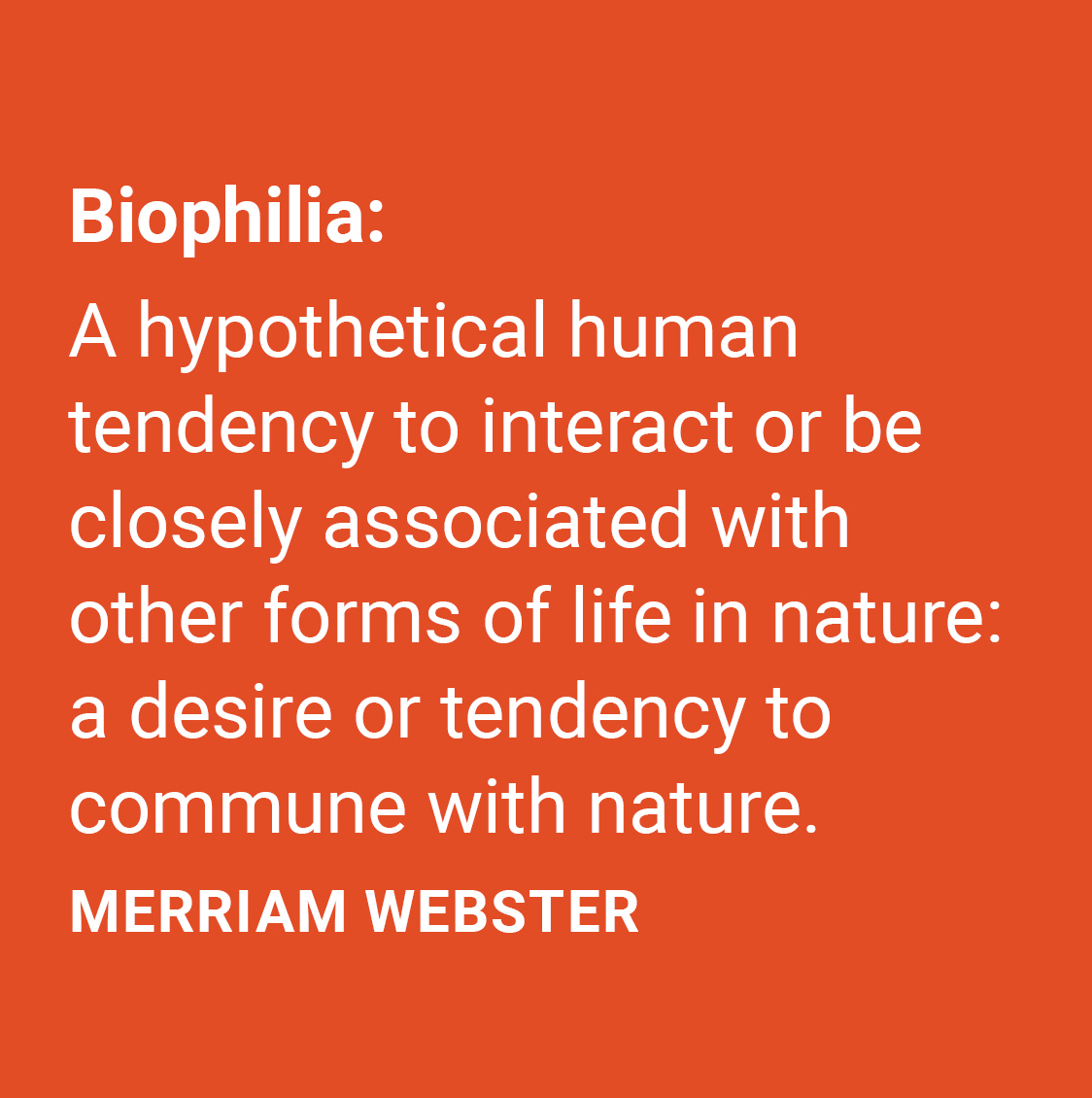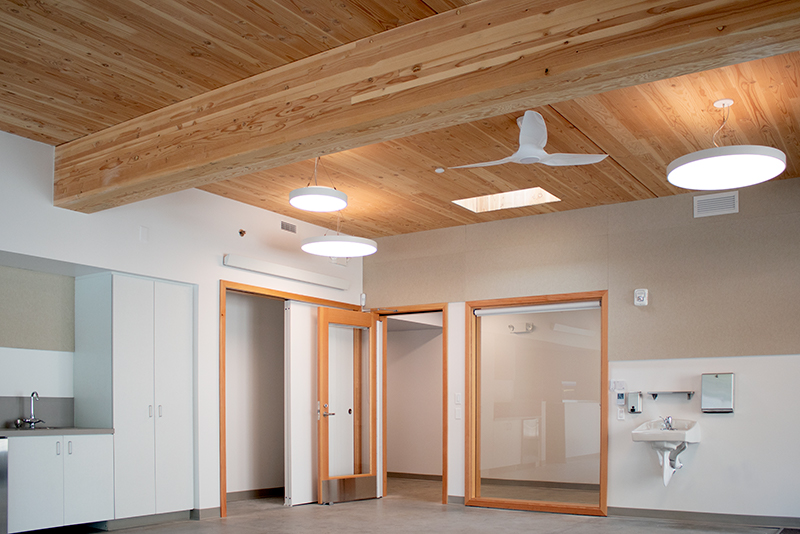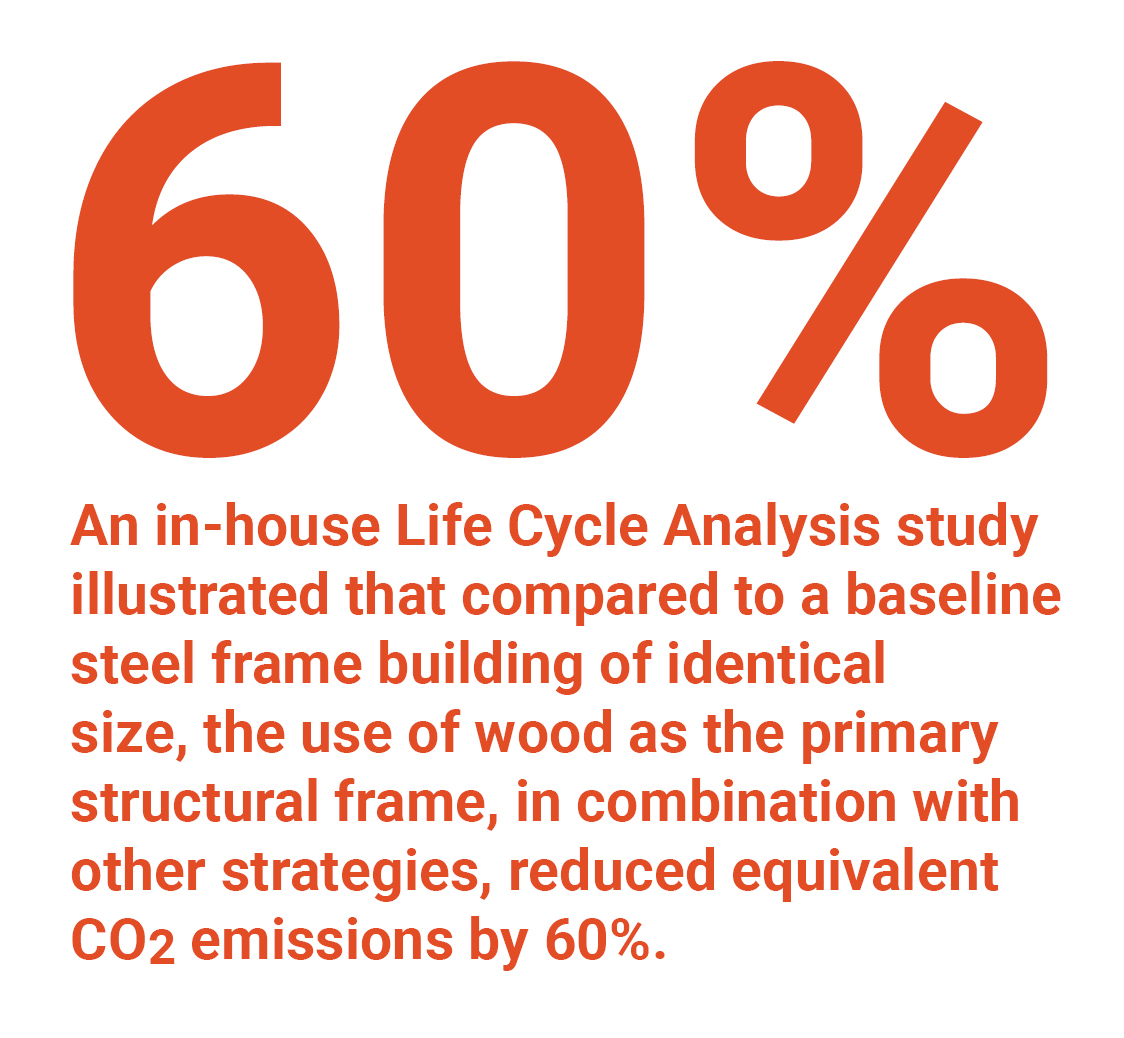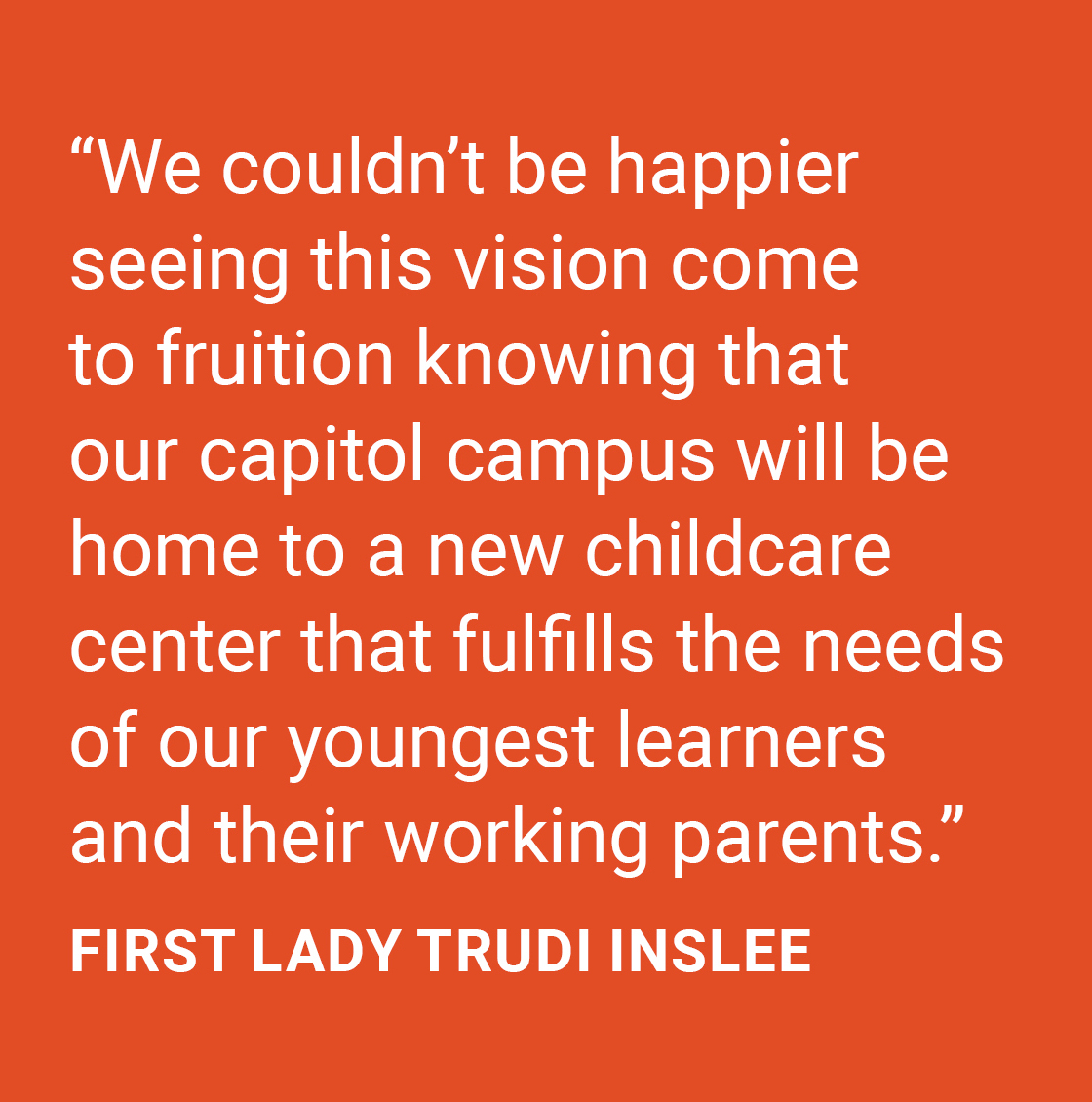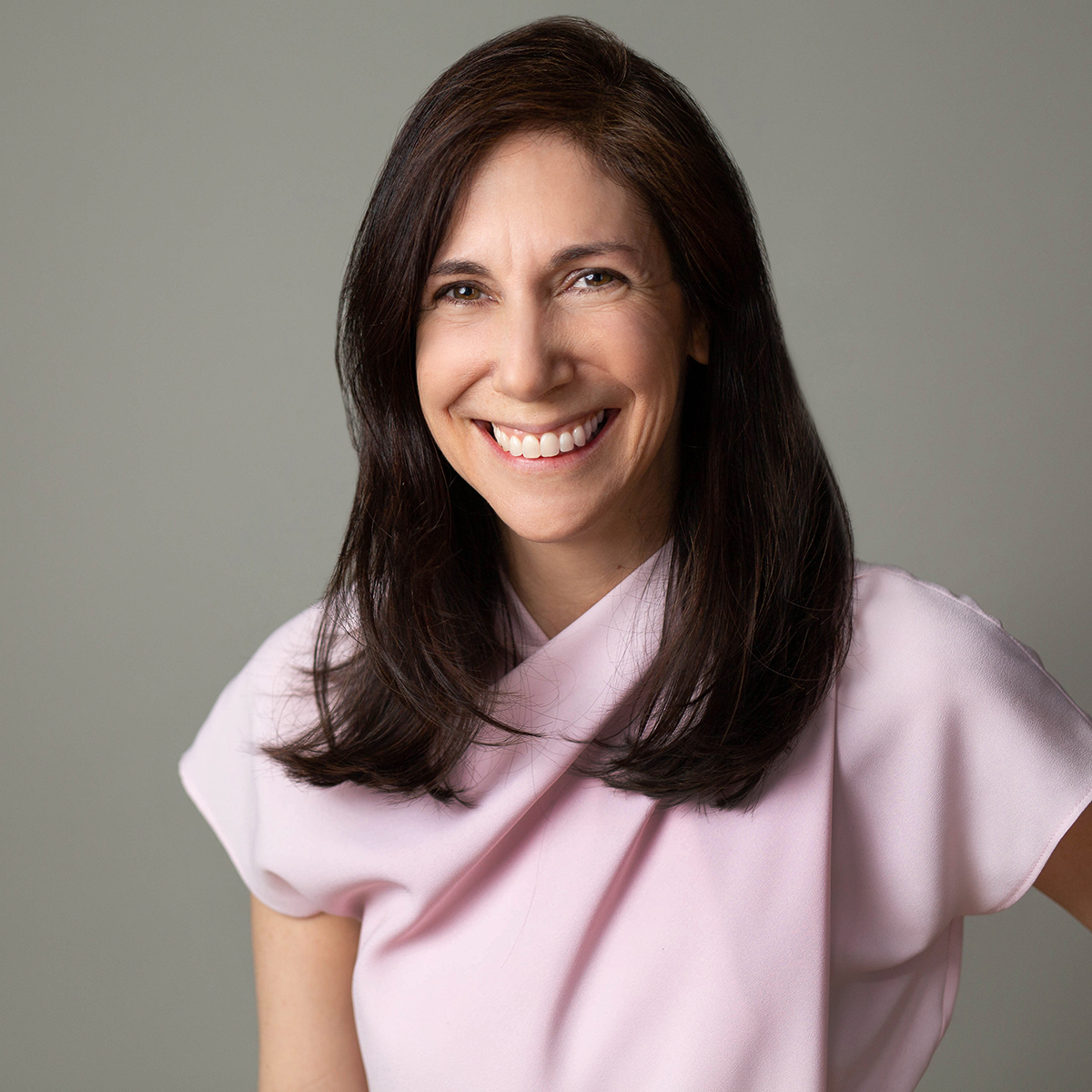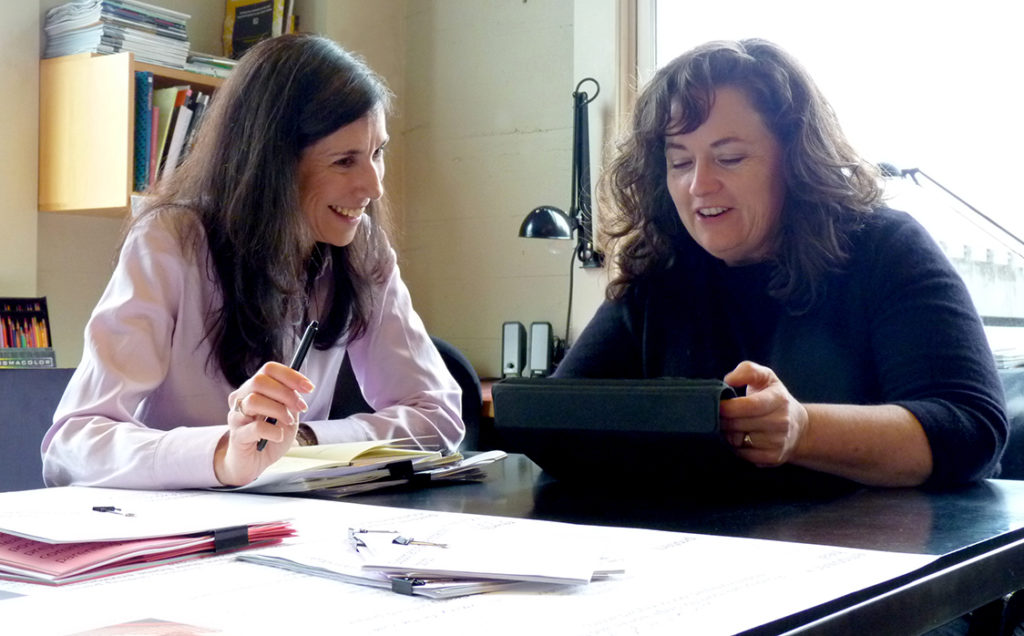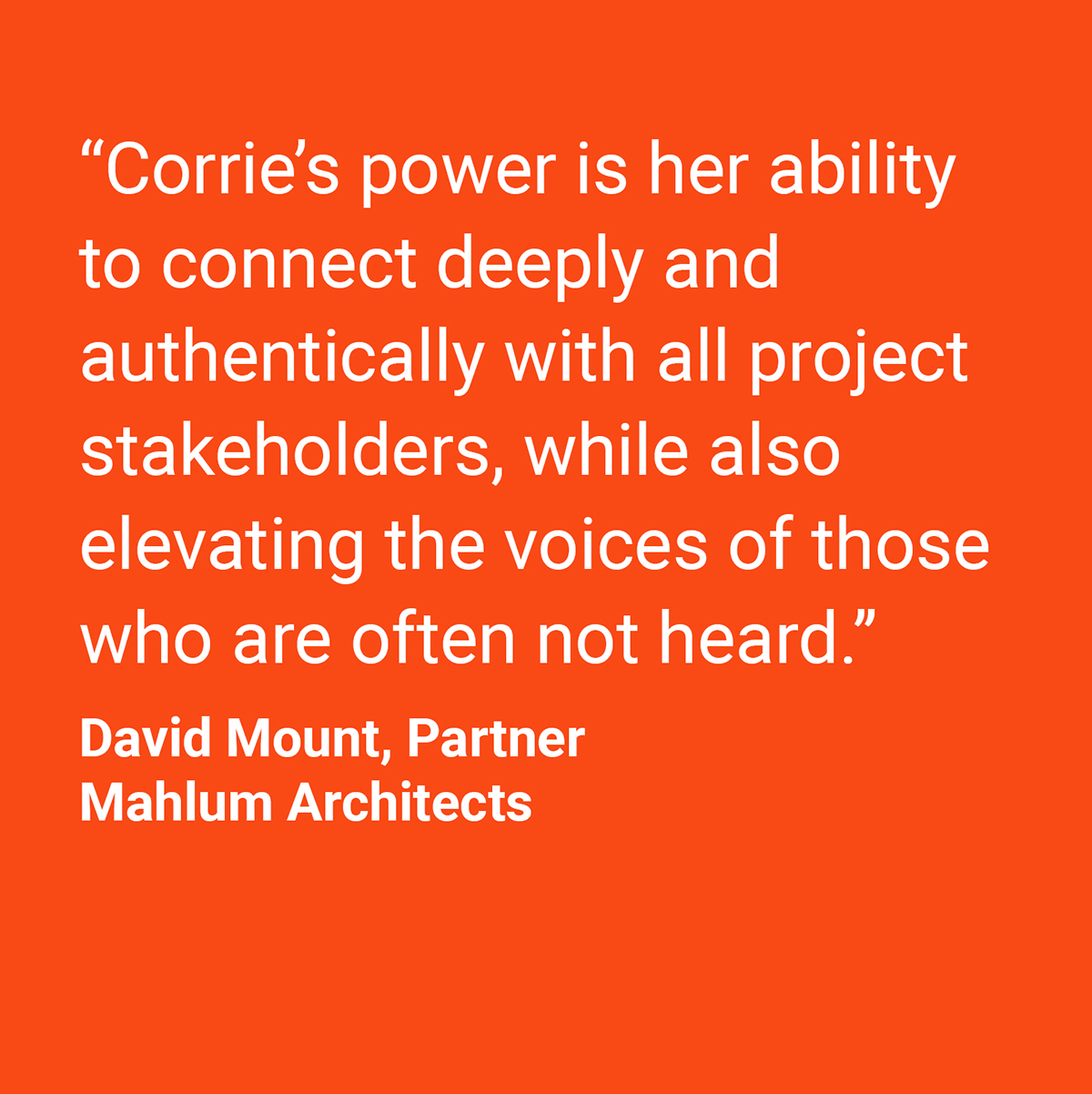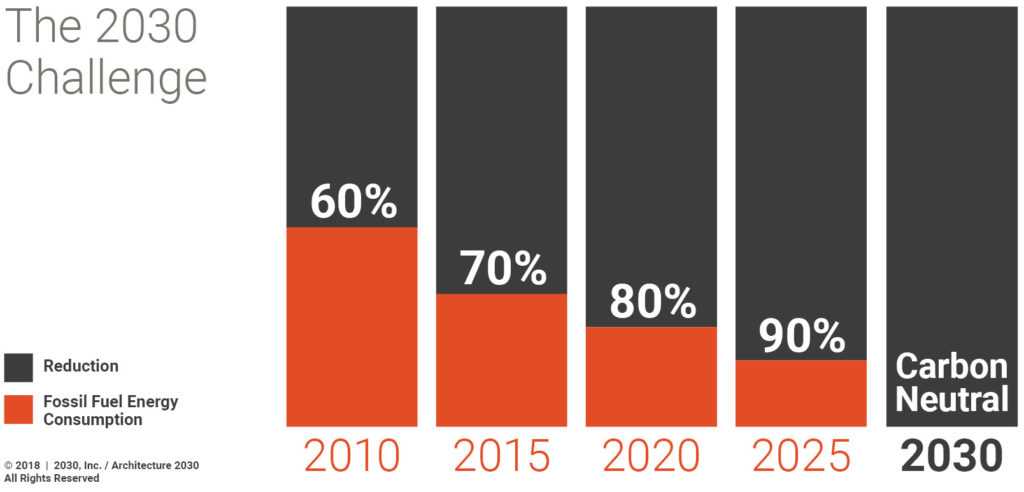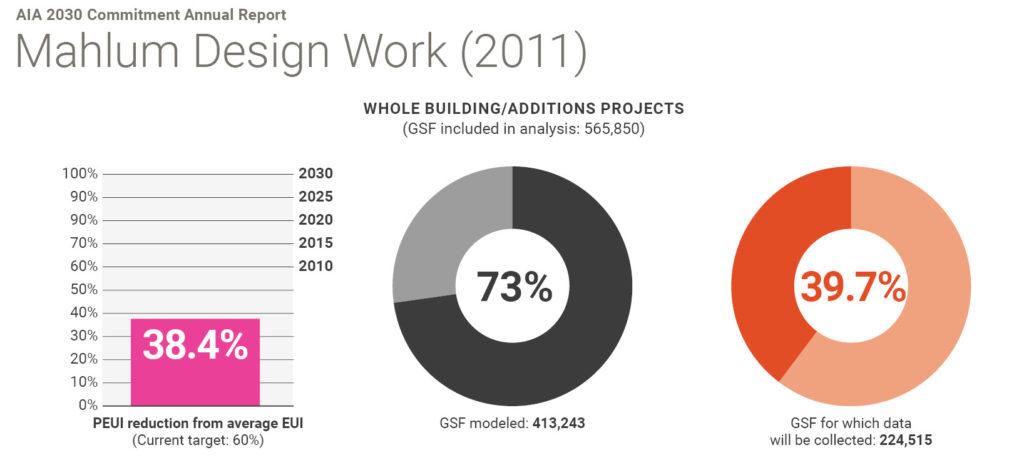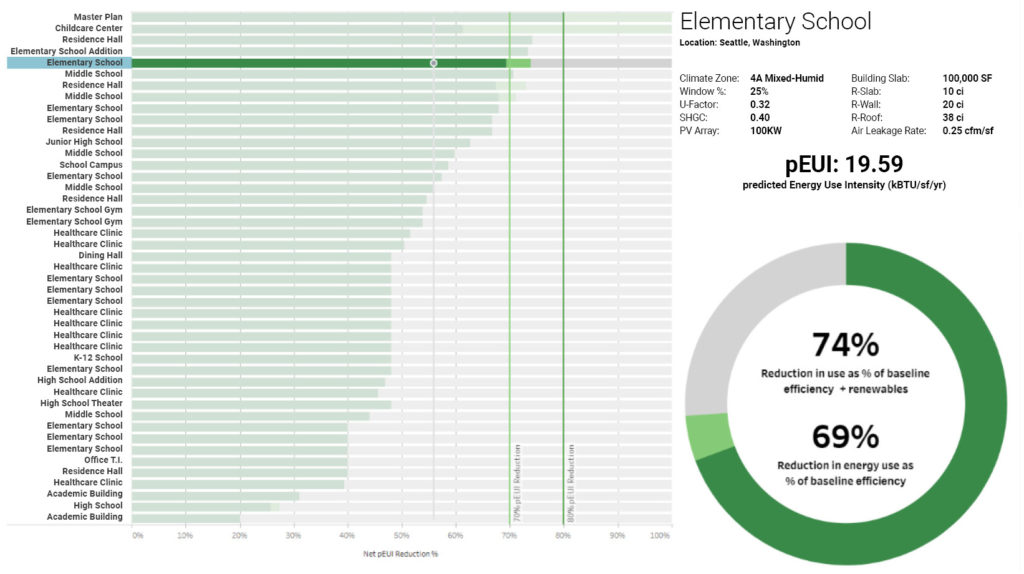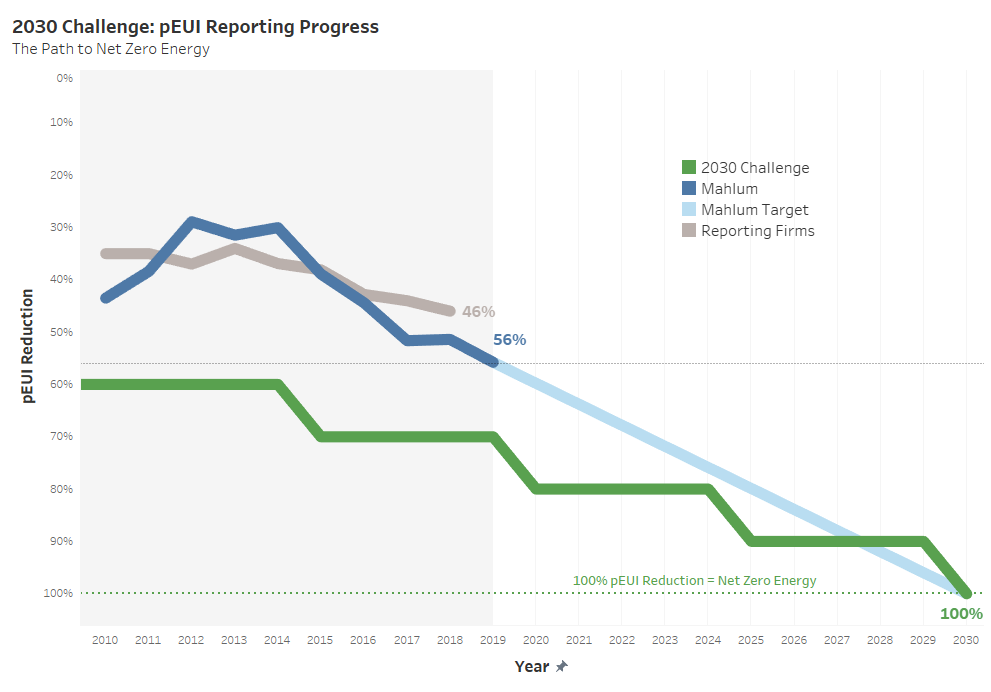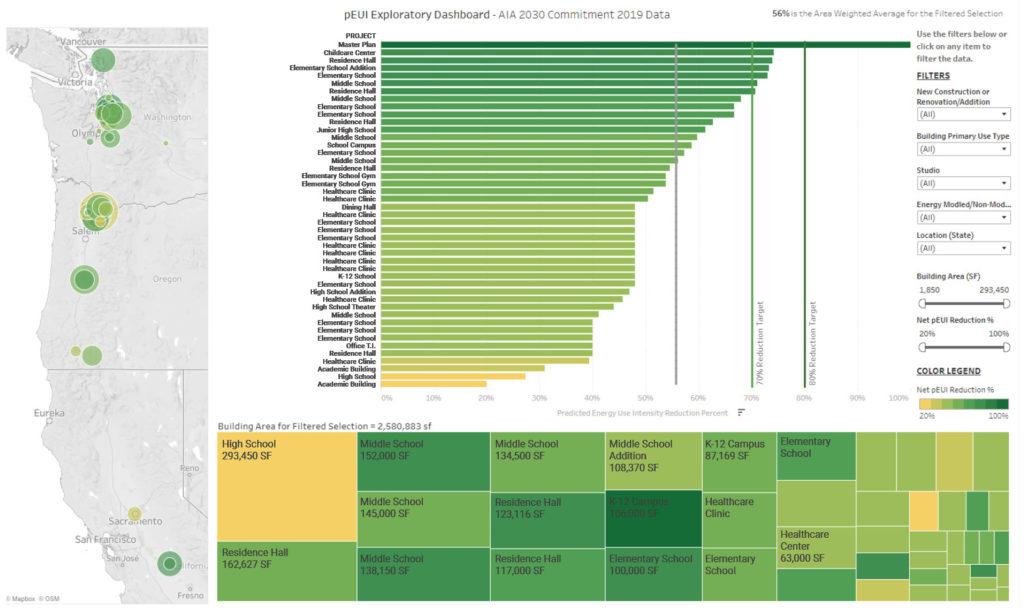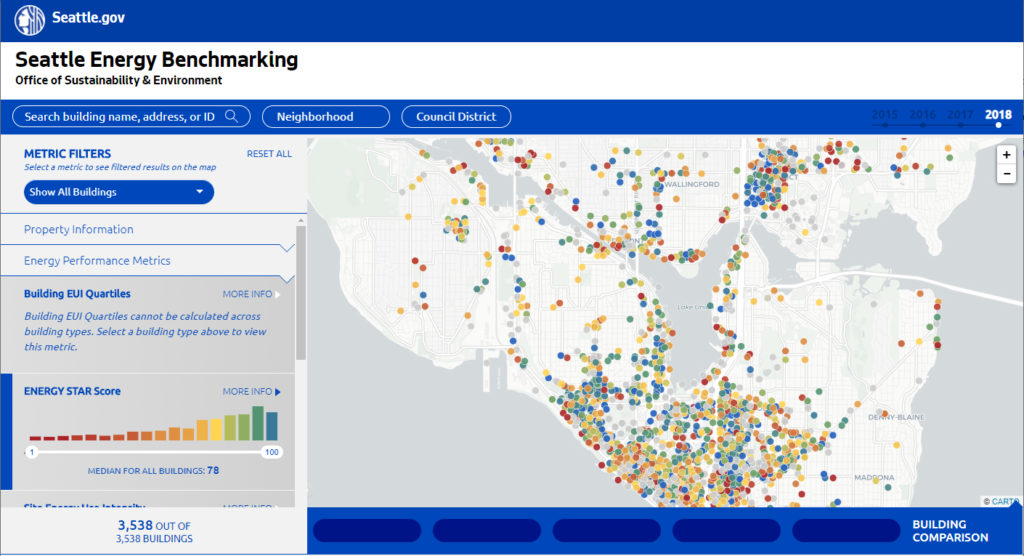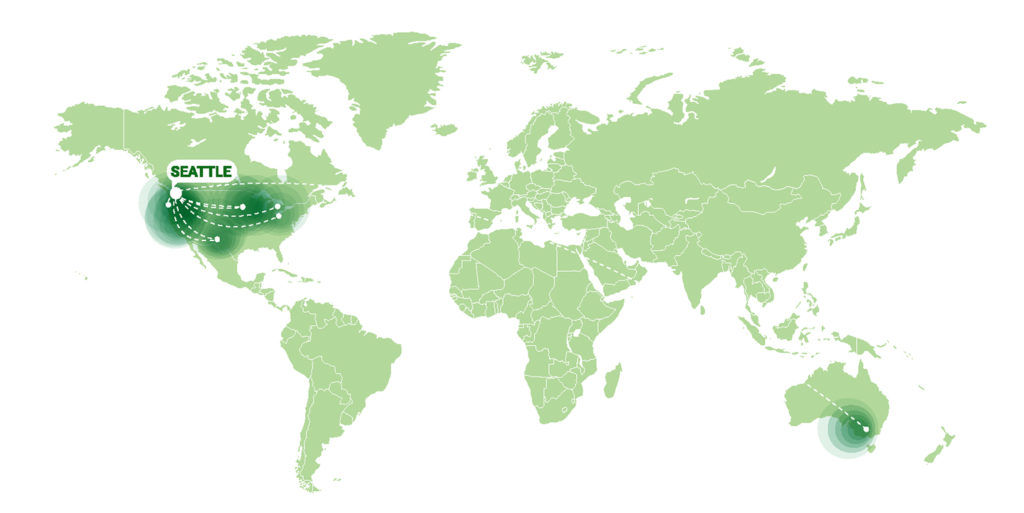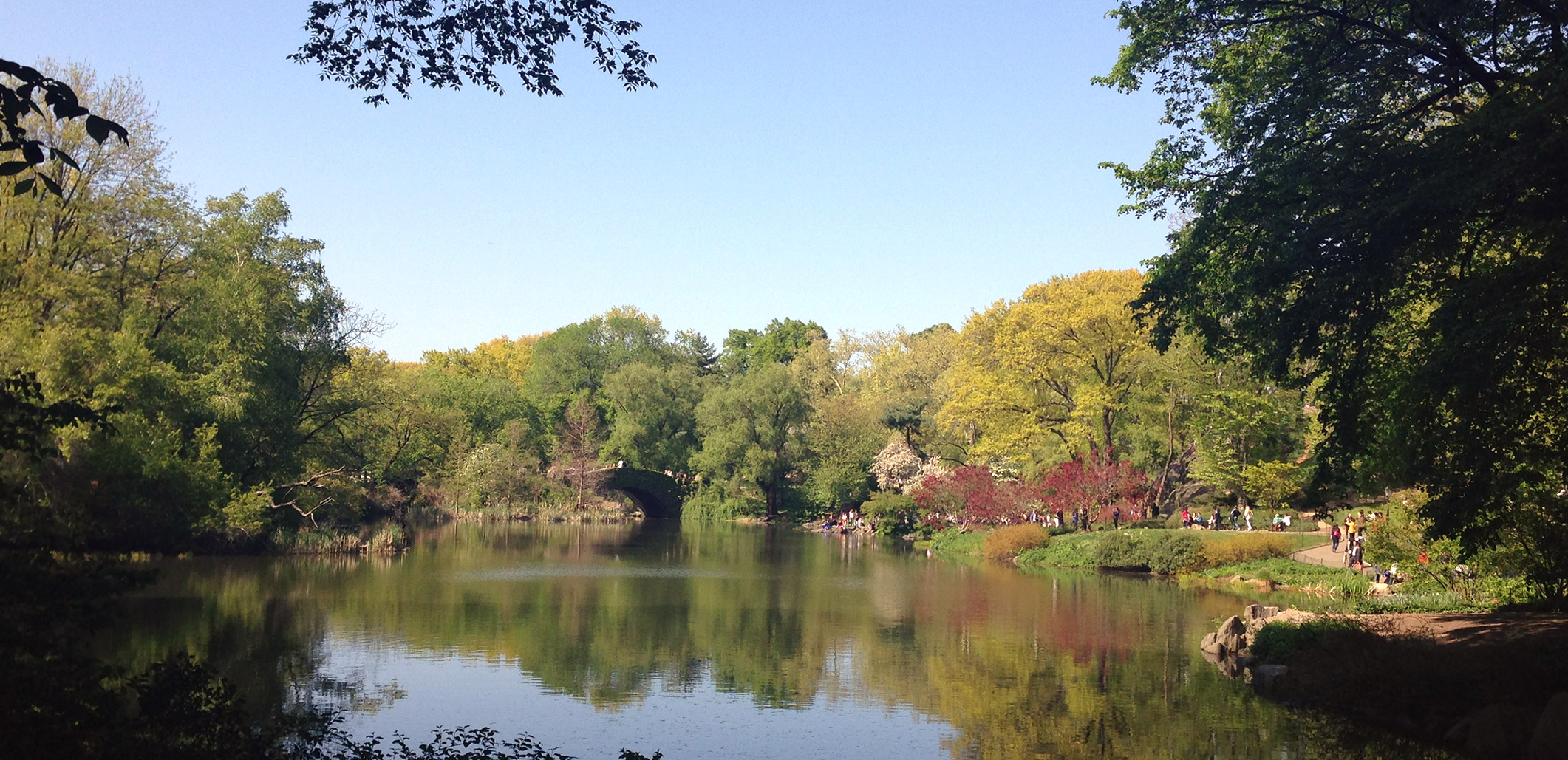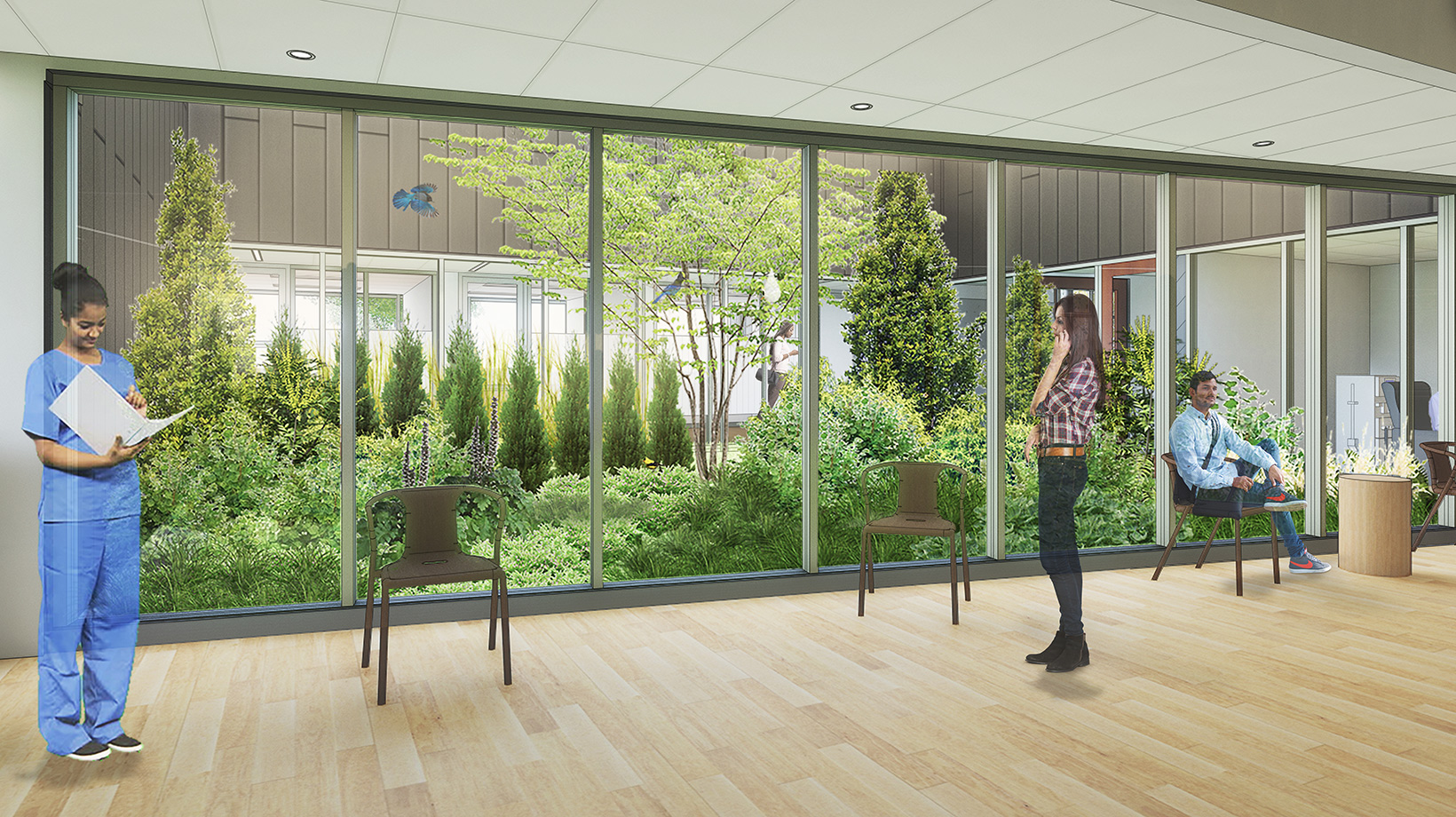We can no longer remain silent. Our communities are suffering. The killing of George Floyd, Ahmaud Arbery, Breonna Taylor, Manuel Ellis and the endless acts of racism and injustice in our society remind us of how far we are from realizing a world where each of us is able to feel safe in our communities – free of fear, discrimination, and oppression.
We live in a society where there are great inequities in healthcare, education, shelter, and personal safety. These inequities persist along racial lines. In Portland and Seattle, we want to believe that we live in progressive cities where these inequities do not exist. We want to believe everyone has equal opportunities and receives fair treatment, and yet the protests in our cities in recent days remind us that we are far from this ideal.
Our world must change. It’s time.
As the injustices surround us, we grapple with what to do beyond the protests. We are all beginning from different places, but to begin we first and foremost need to listen and learn as much as possible. The resources on-line are almost limitless when you start to dig, so we pulled out some that rose to the top. It’s a start and an invitation to begin a deeper understanding by listening, learning, patronizing local businesses, and supporting organizations fighting to dismantle racist policies in our communities
In that spirit, we share them here.
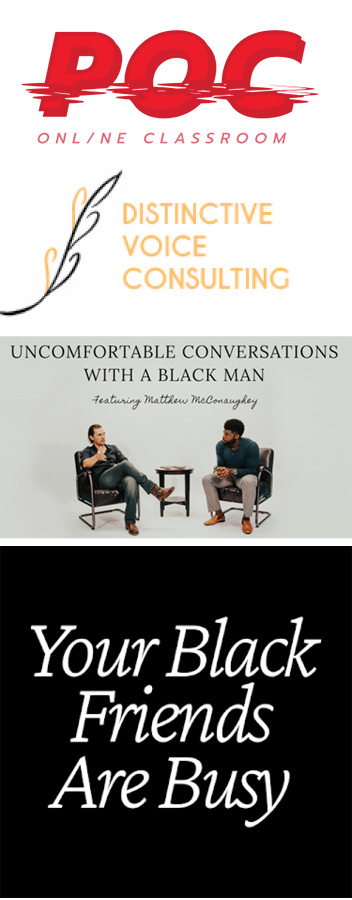
LISTEN AND LEARN
POC Online Classroom
Through resources, syllabi and zines, POC hopes to amplify the voices of marginalized communities, educate others and themselves on critical social justice issues, empower marginalized peoples, and incite change.
http://www.poconlineclassroom.com/resources/
How to be an Ally
Taught by Kimberly Harris in two, 2-hour sessions on Saturdays in June for $30 each. Register here:
http://distinctivevoiceconsulting.blogspot.com/
Uncomfortable Conversations with a Black Man
Former NFL football player and current co-host of “Speak For Yourself” on Fox Sports 1, Emmanuel Acho is creating an ongoing series of 10 to 15 minute videos in which he hosts uncomfortable conversations with white people.
https://uncomfortableconvos.com/
Your Black Friends Are Busy
A growing resource for learning about anti-racism and supporting the people and organizations doing important work for the Black Lives Matter movement.
https://go.glideapps.com/play/OE2U9iFOeEjAax3fQ14T
BOOKS AND RESOURCES FOR ADULTS
(Please consider ordering books from black-owned independent bookstores.)
How to Be an Antiracist by Ibram X. Kendi
“Kendi has gifted us with a book that is not only an essential instruction manual but also a memoir of the author’s own path from anti-black racism to anti-white racism and, finally, to antiracism. . . . How to Be an Antiracist gives us a clear and compelling way to approach, as Kendi puts it in his introduction, ‘the basic struggle we’re all in, the struggle to be fully human and to see that others are fully human.” —NPR (You can order the book here.)
White Fragility: Why It’s So Hard for White People to Talk About Racism by Robin DiAngelo
In this “vital, necessary, and beautiful book” (Michael Eric Dyson), antiracist educator Robin DiAngelo deftly illuminates the phenomenon of white fragility and “allows us to understand racism as a practice not restricted to ‘bad people’ (Claudia Rankine). Referring to the defensive moves that white people make when challenged racially, white fragility is characterized by emotions such as anger, fear, and guilt, and by behaviors including argumentation and silence. (You can order the book here.)
Beyond the Hashtag: How to Take Anti-Racist Action in Your Life by Zyahna Bryant
In this op-ed for Teen Vogue, Zyahna Bryant — a Charlottesville-based activist, organizer, and social impact strategist — offers insight into how people can take anti-racist action.
BOOKS AND RESOURCES FOR YOUNG ADULTS AND CHILDREN
(Please consider ordering books from black-owned independent bookstores.)
Dear Martin by Nic Stone
Dear Martin tells the story of an Ivy League-bound African American student named Justyce who becomes a victim of racial profiling. Justyce confronts injustices and micro-aggressions he experiences at his mostly white prep school and the fallout from a brief detainment. Parents should be prepared to talk about current events, the Black Lives Matter movement, underage drinking, and stereotypes. (You can order the book here.)
Fiction, Age 13+
The Hate U Give by Angie Thomas
Winner of a 2018 Coretta Scott King Author Honor, a Michael L. Printz Honor, and the Odyssey Award for best audiobook for kids and teens. Inspired by the Black Lives Matter movement, it involves the police shooting of an unarmed black teen. The book covers topics of race, interracial dating, political activism, grief, friendship, wealth disparity, police brutality, addiction, and the media’s depiction of African Americans. Parents should be prepared to discuss recent and past instances of police shootings, how they were covered in the media, dealing with grief, and possible reactions to the trauma revealed in the book. This book was also made into a PG-13 movie of the same name and is available to rent. (You can order the book here.)
Fiction, Age 13+
A Kids Book About Racism by Jelani Memory
This book provides a clear explanation of what racism is and how to know when you see it. It’s never too early to start this important conversation. (You can pre-order the book here for its July 2020 release.)
Age 5+
FILMS AND VIDEO
These films and shows creatively dive into racism, past and present.
13th by Ava Duvernay
Documentary film, available on Netflix
In this 2016 thought-provoking documentary, scholars, activists and politicians analyze the criminalization of African Americans and the U.S. prison boom.
Dear White People by Justin Simien
TV series, 3 seasons available on Netflix
Students of color navigate the daily slights and slippery politics of life at an Ivy League college that’s not nearly as “post-racial” as it thinks.
If Beale Street Could Talk by Barry Jenkins
Rated R, available on Hulu
Based on the novel by James Baldwin, “If Beale Street Could Talk” is a drama about a young couple fighting for justice in the name of love and the promise of the American dream.
I am Not Your Negro by Raoul Peck
Documentary, available to rent on multiple platforms
In 1979, author James Baldwin wrote a letter to his literary agent describing how his next book would be a revolutionary, personal account of the lives and assassinations of three of his close friends: Medgar Evers, Malcolm X and Martin Luther King, Jr. At the time of Baldwin’s death in 1987, he left behind only 30 completed pages. Filmmaker Raoul Peck envisions the book he never finished in this 2016 documentary.
SUPPORT MINORITY-OWNED BUSINESSES
Intentionalist
https://intentionalist.com/
Through their directory, guides, and events, it is easy to find and support local businesses and the diverse people behind them through everyday decisions about where we eat, drink, and shop.
SUPPORT ORGANIZATIONS THAT ARE ACTIVELY WORKING FOR RACIAL JUSTICE
Your donations will assist them in doing the meaningful and impactful work that must follow the protests.
NAACP Legal Defense and Educational Fund
https://www.naacpldf.org
America’s premier legal organization fighting for racial justice. Through litigation, advocacy, and public education, LDF seeks structural changes to expand democracy, eliminate disparities, and achieve racial justice in a society that fulfills the promise of equality for all Americans. LDF also defends the gains and protections won over the past 75 years of civil rights struggle and works to improve the quality and diversity of judicial and executive appointments.
Black Lives Matter
https://blacklivesmatter.com
Join the Movement to fight for Freedom, Liberation and Justice by signing up for updates, supporting our work, checking out our resources, following us on social media, or wearing our dope, official gear.
The Southern Poverty Law Center
https://www.splcenter.org
SPLC is dedicated to fighting hate and bigotry and to seeking justice for the most vulnerable members of our society. Using litigation, education, and other forms of advocacy, the SPLC works toward the day when the ideals of equal justice and equal opportunity will be a reality.
Campaign Zero
https://www.joincampaignzero.org
It will take deliberate action by policymakers at every level of government to end police violence. Funds donated to Campaign Zero support the analysis of policing practices across the country, research to identify effective solutions to end police violence, technical assistance to organizers leading police accountability campaigns and the development of model legislation and advocacy to end police violence nationwide.

